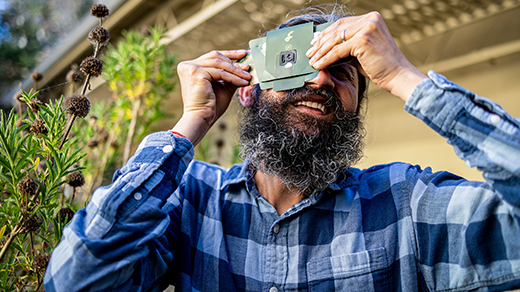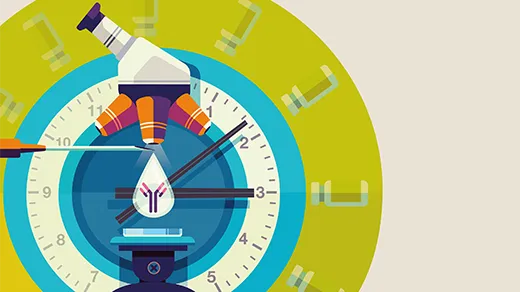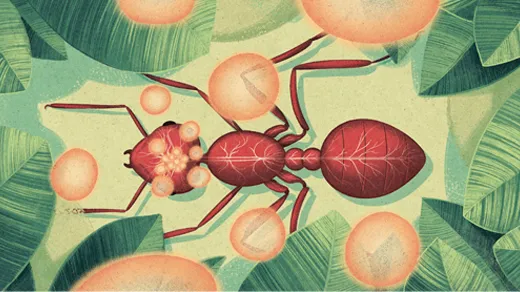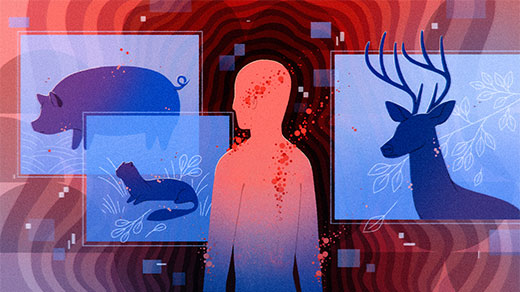What's up in
Infectious disease
Latest Articles
How Paradoxical Questions and Simple Wonder Lead to Great Science
Manu Prakash works on the world’s most urgent problems and seemingly frivolous questions at the same time. They add up to a philosophy he calls “recreational biology.”
The Viral Paleontologist Who Unearths Pathogens’ Deep Histories
Sébastien Calvignac-Spencer searches museum jars for genetic traces of flu, measles and other viruses. Their evolutionary stories can help treat modern outbreaks and prepare for future ones.
Viruses Finally Reveal Their Complex Social Life
New research has uncovered a social world of viruses full of cheating, cooperation and other intrigues, suggesting that viruses make sense only as members of a community.
How Many Microbes Does It Take to Make You Sick?
Exposure to a virus isn’t an all-or-nothing proposition. The concept of “infectious dose” suggests ways to keep ourselves safer from harm.
What Has the Pandemic Taught Us About Vaccines?
Should Covid-19 vaccines be judged by how well they prevent disease or how well they prevent death? Anna Durbin, a public health expert and vaccine researcher, talks with Steven Strogatz about the science behind vaccines.
Can Our Brains Be Taken Over?
Several real-life pathogens can change a host’s behavior against their will. Here’s what we know about these zombie-like infections.
What We Know About Monkeypox
Even though we’ve learned a lot about this relative of smallpox, some mysteries remain due to a lack of political will.
An Immunologist Fights Covid with Tweets and a Nasal Spray
Akiko Iwasaki, an immunologist who became a lifeline for the worried and the curious during the pandemic, thinks that nasal spray vaccines could be the next needed breakthrough in our fight against the coronavirus.
What Happens When We Give Animals Our Diseases?
While it’s understandable to focus on the diseases affecting humans, it’s important to study how our illnesses may affect animals.








